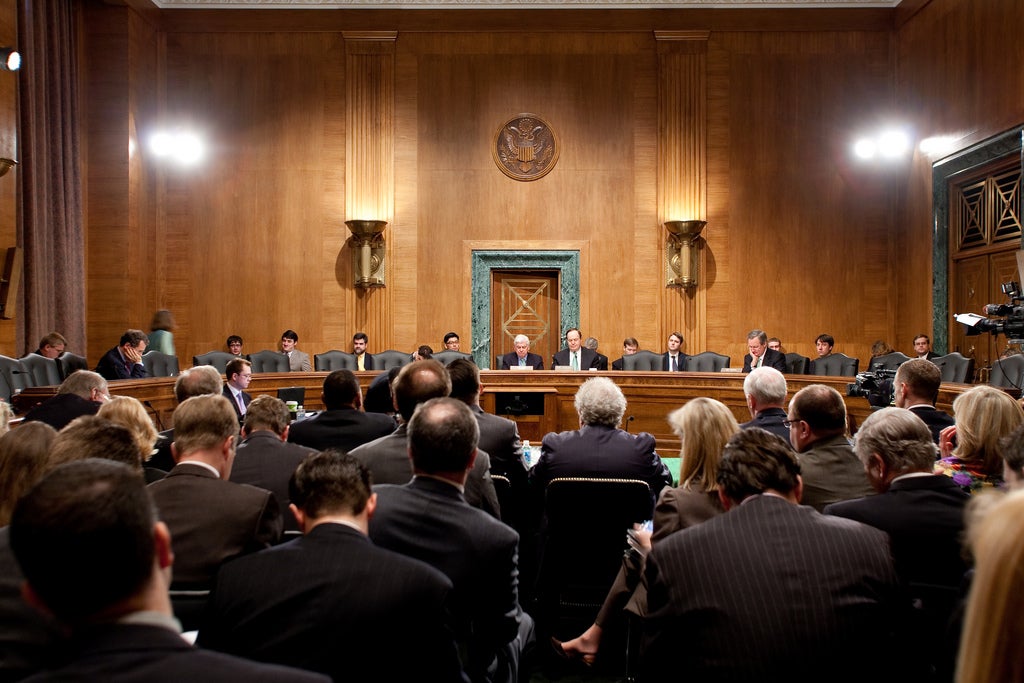Roberto Rocks the House (and the Senate Too): Why Protecting Ohio’s Clean Energy Standards is Imperative

Cheryl Roberto, Associate Vice President and leader of EDF’s Clean Energy Program, recently testified before the Ohio Senate Public Utilities Committee against S.B. 310, which would freeze Ohio’s energy efficiency and renewable energy standards at current levels. Sen. William Seitz, the Committee Chair, described her testimony as “passionate,” “very persuasive” and “thought provoking.”
Roberto described how the electric grid has changed. The old model, in effect for the past hundred years, relies on one-way power flows from large, centralized utility power plants, with limited customer service options and limited information available to customers on their energy usage. The new model involves two-way power flows between the utility and customers who own small, on-site solar, wind, and combined heat and power units. Customers receive detailed, real-time energy usage and price information.
New energy and communications technologies offer many more options for providing electricity service to customers. In states without retail electric competition, utilities can use renewable energy and energy efficiency to serve customers, and the regulators can develop innovative rate plans which incentivize utilities for doing so. Roberto cited the example of MidAmerican Energy Company in Iowa, which serves 30% of its customers’ energy needs with wind power and has made massive investments in energy efficiency programs.
This is more challenging in states with retail electric competition, like Ohio. Without clean energy laws, utilities may not be able to recover their costs for energy efficiency and renewable energy. Roberto explained that these companies should sell their generating plants to avoid the inherent conflicts between their generating business versus their energy delivery business. The energy delivery companies would then function as “procurement officers” to obtain the optimal balance of resources for their customers, including renewable energy and energy efficiency.
Roberto informed the Senators of a March 2014 study by the Lawrence Berkeley National Laboratory, which reviewed 1,700 energy efficiency programs in 31 states over a three-year period. The researchers found that the average cost for procuring the energy efficiency savings was 2.1¢ per kilowatt-hour – five times less expensive than the 10.13¢ per kilowatt-hour customers pay for electricity.
Ohio’s clean energy standards have only been in effect for five years and have been highly successful to date. Roberto urged the Senators not to curb these programs, which have flourished in a short time frame.
Roberto and her EDF team are doing everything they can to save Ohio’s clean energy standards. But we can’t do it without you. We urge you to contact Governor Kasich and your state representatives directly via EDF’s action alert to let them know where you stand on this important issue. Join the majority who support clean energy by adding your name and telling the Governor, state senators and state representatives to put Ohioan’s health, economy, and environment first. Don’t let Ohio lose out on these crucial clean energy standards.










